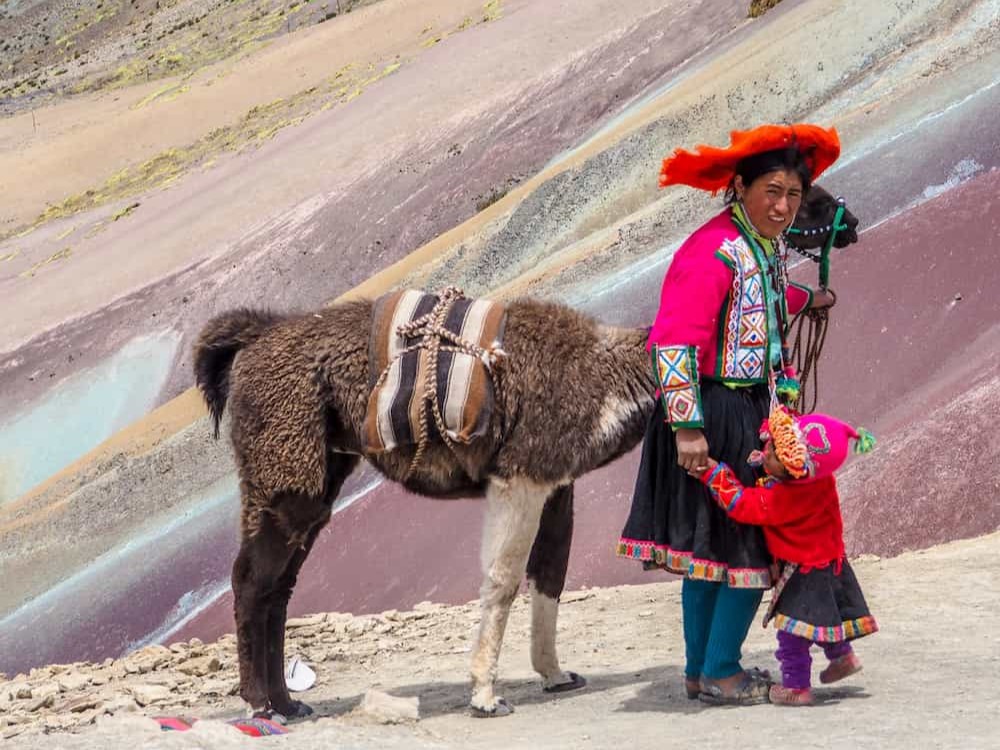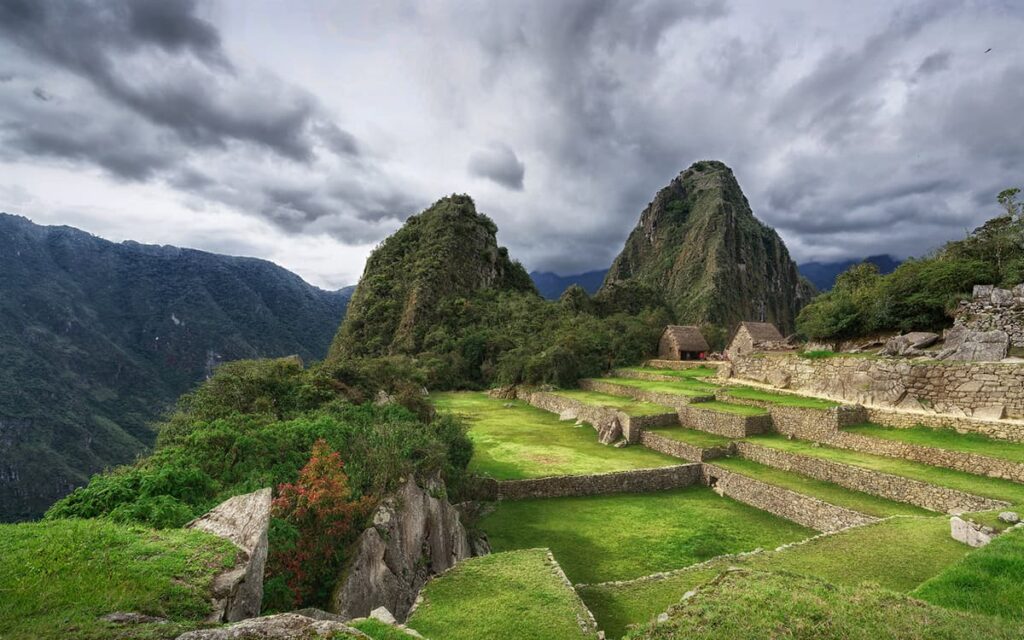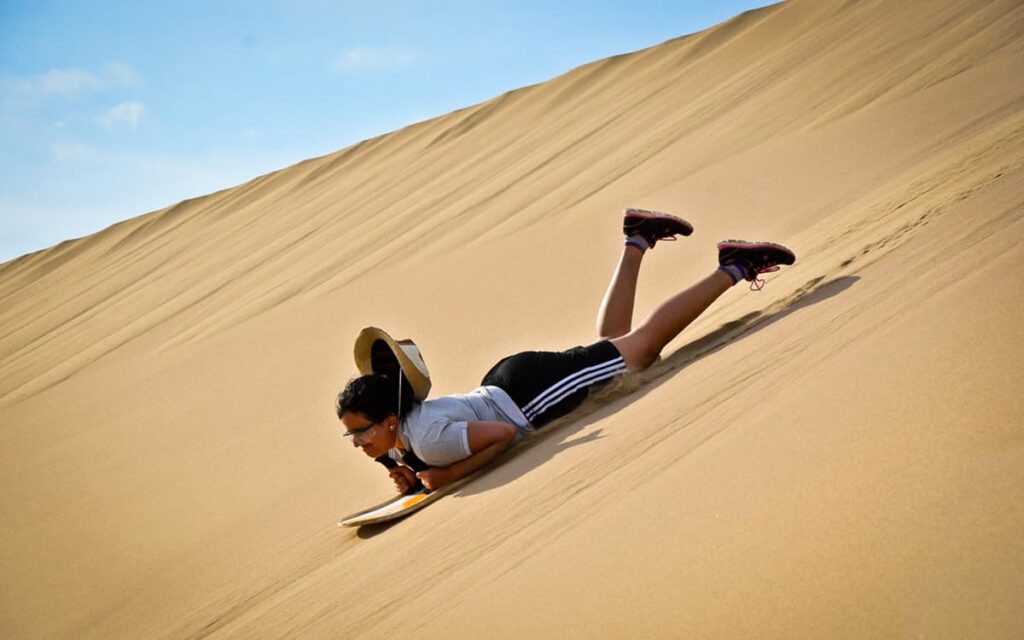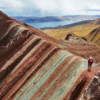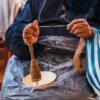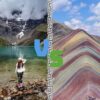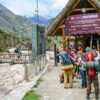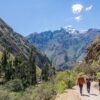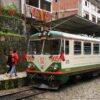The Museum of Pre-Columbian Art in Cusco is a unique experience that allows the visitor to travel three thousand years into the past and meet the mythical creative spirit of the women and men who gave rise to the Empire of the Incas.
The Museum of Pre-Columbian Art in Cusco was born as an initiative of the BBVA Peru Foundation and the Larco Museum of Lima to house and display objects created by ancient Peruvians from more than three thousand years ago until the 16th century. Objects designed and manufactured by women and men who belonged to different communities settled in the territory that today makes up Peru and that surprise for their aesthetics.
Location:
La casa cabrera
The emblematic Casa Cabrera, located in the Las Nazarenas square, very close to the Plaza de Armas, is the headquarters of MAP Cusco. As can be seen in vestiges still present in the hall of the house, the original construction dates back more than 500 years. According to studies, this space would have functioned as a yachaywasi –school, in Quechua– in which the children of the Inca nobility would have been educated.
History:
First years
The city of Cusco was founded on March 23, 1534. That same year the lots were distributed, and the one located between the square of the Nazarenas and the Siete Culebras street was handed over to Mr. Alonso Díaz. In 1558, the house was converted into the Monastery of Santa Clara destined to house orphan maidens.
The name and the fame
The property has been known as Casa Cabrera since it became the property of Mr. Gerónimo Luis de Cabrera de la Cerda in the 17th century. After the 1650 earthquake, the house lost its value.
From the republic to our days
Casa Cabrera was adapted as a school in 1906 and remained so for 75 years. In 1981, the then Banco Continental acquired the property to restore it and turn it into a cultural headquarters. In 2003, the BBVA Peru Foundation transformed it into the current MAP, thanks to an alliance with the Larco Museum in Lima.
Description
Formerly it was the «Amaru Cata» or «House of Knowledge», the school of the Incas, built almost two centuries ago. In 1550, the Spanish conquerors, skilled at superimposing their culture and religion on top of the foundations of others, turned it into a religious retreat house and later the Monastery of Santa Clara. In the seventeenth century it was acquired by Luis Jerónimo Cabrera, whose surname remains with the property to this day.
This historical monument was acquired in 1981 by Banco Continental. Revived and refurbished in its 2000 square meters by the BBVA Foundation, Casa Cabrera became the Museum of Pre-Columbian Art of Cusco, the first and only Peruvian museum dedicated to highlighting the art of the country’s ancient cultures.
The Museum of Pre-Columbian Art in Cusco exhibits in an orderly and evolutionary way: a Wood Room, a Nazca, a Mochica, a Huari, a Chimú, an Inca, a Viceregal and also the Gold Room and the Silver Room.
Attractions
The 403 works of art span from 1250 B.C. until 1532 A.D. and they were selected from a universe of 45,000 objects belonging to the Rafael Larco Herrera Archaeological Museum in Lima. The museography and lighting are spectacular as they highlight the beauty of the painting, sculpture and ceramics of Peruvian prehistory in the 11 rooms that the museum has.
The Collection
The 400 pieces exhibited at Museum of Pre-Columbian Art in Cusco are part of the Larco Museum in Lima, internationally recognized as one of the best in the world. The curatorship was in charge of Fernando de Szyszlo and Cecilia Bákula, notable authorities from the world of art and the history of Peru.
The tour through the rooms
The Museum of Pre-Columbian Art in Cusco tour is made up of ten rooms that exhibit emblematic pieces of the pre-Columbian cultures that flourished in Peru, as well as the materials that were used for their creation, natural elements that become symbolic in the religious, political and cultural.
Room the origins
In 1250 BC, the ancient Peruvians began to organize themselves into communities with their own identity. On the coast, the Cupisnique, Chavín, Salinar, Vicús, Virú and Paracas cultures stood out, which have left us objects that appeal to similar themes and concepts, although each community printed its own symbolic and aesthetic stamp.
Wooden room
The wood was carved in the Andean world to shape stools, oars, poles, idols and, also, representations of the ancestors, which would later inhabit the spaces that were intended for them. They were connecting bodies, hosts of ceremonies of delivery and transit in the ceremonial centers. The action of time on the wood has accentuated the aesthetic mystery of the representations.
Conchas room
The first European chroniclers highlighted the existence of objects of outstanding workmanship made of shell or bone, whose purpose was to preserve or reproduce mythical stories. Access to shells from warm seas, very distant, makes explicit the presence of exchange networks and alliances over long distances.
Silver room
Silver had a great symbolic value that was associated with the feminine elements of nature and complemented that of gold, related to the masculine: the Moon and the Sun. The abundance of this mineral allowed the development of highly refined rolling, embossing, and hammering techniques. chiseled and alloyed, with which high levels of artistic creation were achieved.
Gold room
Gold is a ductile, incorruptible and malleable metal that comes from divinity and is returned to it as an offering that the most select craftsmen transform to the maximum degree of ceremonial beauty. If, on the one hand, the domain of aesthetics reached its maximum expression in the work of ritual gold objects, on the other, the attire of the elites, made up of jewels and accessories in precious metals, sought to reinforce the concept of connection between the different worlds.
Room the South
When the sociopolitical organization of Paracas changed, the Nasca culture was consolidated on the southern coast of Peru (1 AD – 800 AD). It was an extremely hierarchical society and sustained in a worldview associated with agriculture, an activity that had to be carried out in a parched habitat but with underground water. This characteristic led her to high levels of sophistication in hydraulic management for irrigation; However, Nasca perfection was not limited to this type of infrastructure, but his art reached a high degree of abstraction.
Room the North
On the north coast of present-day Peruvian territory, during the period known as Regional Developments, the Mochica (1 AD – 800 AD) arose, a sophisticated culture that stood out, among other manifestations, for the great quality of its art – especially ceramics and goldsmithing – and the development of a very rich ritual ideology. The matter for artistic creation was for the Moches as important as the representation itself.
Center room
About 1000 years ago, the great Huari State emerged in the southern highlands of Peru, which expanded both through military occupations and through alliances and ideological dominance. This development allowed him an aesthetic / symbolic creation in which the homogeneous and the singular coexist. Testimonies from the Huari State are found both in the northern sierra of Cajamarca and in the distant low sierra of Moquegua, as well as in the upper Amazon and on the coasts of Áncash.
Pre Columbian Inca Art Room
During the 15th century, the Incas established themselves as the largest empire in the southern hemisphere by coming into contact with various societies, including coastal ones. The Chimú State, on the north coast, controlled the entire region up to the central limit, while the Chancay State was deployed on the central coast. Both the black Chimú ceramic and the characteristic white Chancay ceramic were created on concepts of abstraction. You can see the Pre Columbian Inca Art in this room.
Incas Room
The Inca Empire has its origin and center in Cusco, from where it expanded to much of the South American territory, integrating the knowledge of the societies it conquered and developing an administrative, political, military, economic and ideological system that allowed it to grow in just little more than a century. Inca art objects are defined by the absence of secondary ornaments, abstraction, and a sense of integration.
Schedule
Hours of operation: Monday to Sunday from 9:00 a.m. to 10:00 p.m.
Costs: General admission S / 20.00 – Students S / 10.00
Visiting Cusco is a real adventure whose protagonist will be yourself, instead of a memorable experience, that is why Cusco is definitely one of the most incredible cities with a great variety of archaeological centers and tours such as Sacred Valley, Camino Inca or Machu Picchu. To enjoy an unforgettable experience, contact Inka Trail Backpacker, a company that will better assist you during your visit, of course it is always with the necessary advice for you and yours as well as the guarantee, responsibility and security that characterizes us. If you visit the city of Cusco another impressive destinations that you can visit are the tour to rainbow mountain peru or the humantay lake tour from cusco, which only takes one day. But if you are gonna to stay more days in Cusco, other archaeological places you can know will be the choquequirao trek peru, the salkantay trek to machu picchu, and the classic inca trail 4 days 3 nights.

